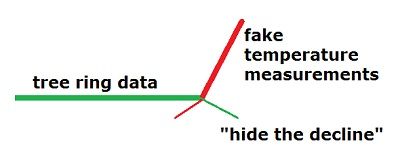“Thyroid cancers up in ***ushima“, Japan Times, 23 December 2013 — “Experts say link to disaster not yet established” Excerpt: Screening of
***ushima residents who were 18 or younger at the time of the 2011 nuclear disaster had found 26 confirmed and 32 suspected cases of thyroid cancer as
of Sept. 30, according to the ***ushima Prefectural Government. The number of confirmed cases was up by eight from August, while the suspected
cases rose by seven, the prefecture-led study found. About 226,000 people have undergone the screening program since it kicked off in October 2011.
The 26 confirmed cases underwent surgery and are doing well, according to the prefecture. A panel of experts at the prefecture concluded Tuesday
that it is too early to link the cases to the nuclear disaster, given that papillary thyroid cancer — the type found in the 26 people — develops at a
very slow pace, according to prefectural officials. Following the 1986 Chernobyl catastrophe, it took about four to five years for thyroid cancers in
significant number to be detected. Thyroid cancer is considered a major health concern for children because radioactive iodine spewed by the
crippled nuclear plant tends to accumulate in thyroid glands, especially among young children. Following the Chernobyl disaster, more than 6,000
children were diagnosed with thyroid cancer, according to the U.N. Scientific Committee, which attributed many of the cases to consumption of
contaminated milk. According to media reports, thyroid cancer normally strikes about 1 to 2 people aged 10 to 14 per million in Japan, far less
than about 115 in 1 million cases in ***ushima. However, the figure cannot be simply compared, because the screening in ***ushima targets all children
under 18, most of whom are without any symptoms, and no such screening is being done elsewhere in Japan.
|



















